Despite its 8,600-square-foot size, which doesn’t include over 1,600 square feet of terrace, the annual electric bill for the newly-built Portola Valley home at 3 Redberry Ridge will likely be less than for a 200-square-foot micro-unit in San Francisco. And that includes powering two Teslas (or the like). This is something which a lot of people probably dream of – the idea of getting a cheaper electric bill is just amazing. For most people, they would just have to consider switching energy providers to someone like Pennywise Power before they can reduce their energy bills. But that’s not the case with this house thanks to its design.
With geothermal heating and cooling, a 43kW solar array, and passive solar elements, 3 Redberry Ridge was designed by Noel Cross Architects to be a Net-Zero Energy home which produces as much energy as it consumes, including the drain for two electric vehicle chargers in the 688-square-foot garage.
And with five bedrooms, five full baths and two halfs, and walls of retractable glass that overlook a 2.6 acre Blue Oaks lot, 3 Redberry Ridge has just hit the market asking $15 million.
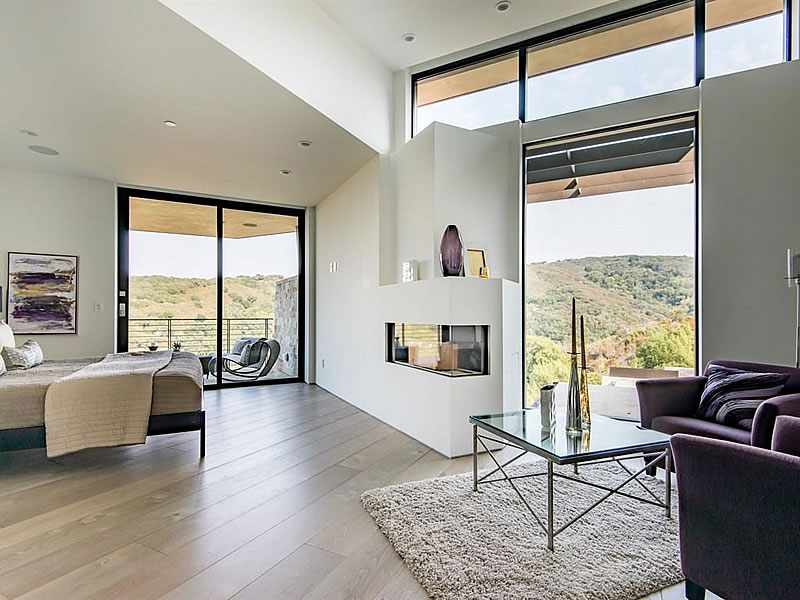
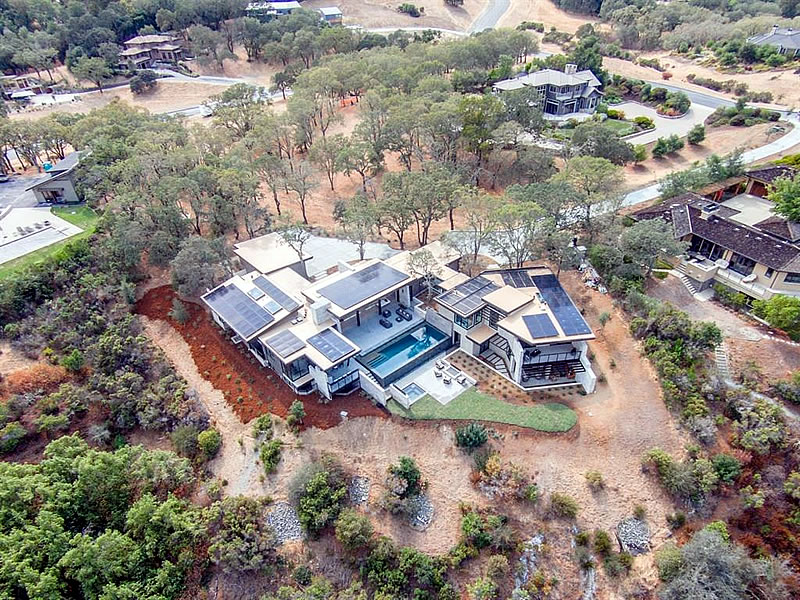
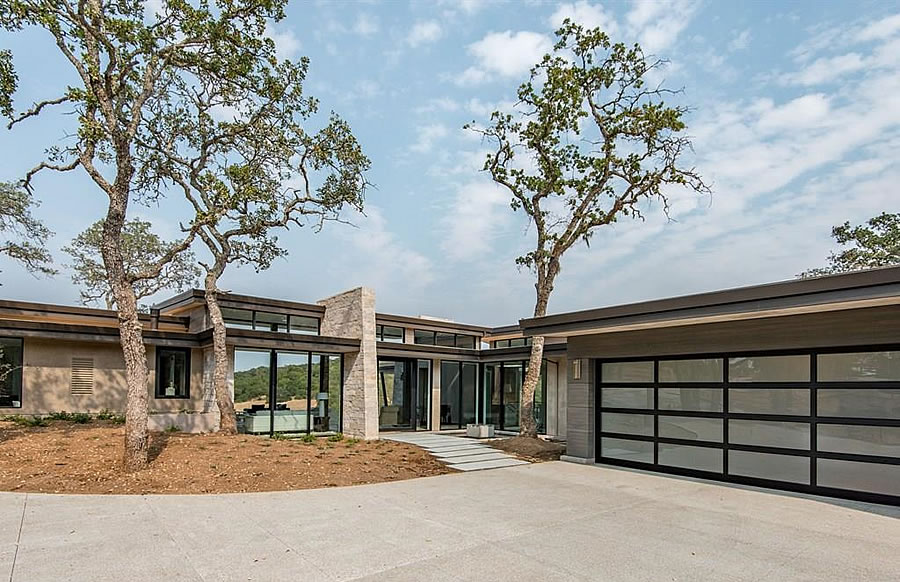
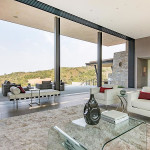
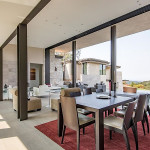
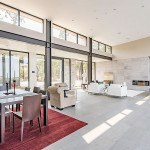
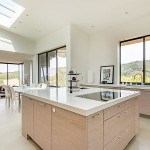
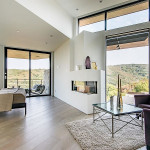
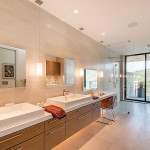
Pretty. I hope they plant a wee bit more vegetation on those slopes. I guess if I could EVER afford a $15 million house, the electric bill would probably not be much of a concern.
I think they meant “ground source” rather than “geothermal”. There is difference.
Nice. One comment, I would not have added any non-native additional vegetation (lawn).
Tesla’s are the new Hummer. All the wrong people drive them.
What on earth does that even mean?
I have wanted to create a Venn diagram image to post on media with three interlocking circles:
One is labeled: Wealth
Another: Self-Righteous
And a third: “Green”
The intersection of the three reads, “Personalized Tesla License Plates”
But I can’t post it, because I’ll offend some part of my peer group.
I hate it when I get behind a Tesla in my BMW. That electric exhaust is so nauseating.
That was Elon Musk’s strategy from the beginning. Setting out to make an electric car for the masses is a huge undertaking, and most companies that tried failed due to lack of funding. These Tesla’s were designed to be luxury cars so that they could use the extra money to fund the R&D necessary to get the job done. It was a pragmatic decision, and it worked. Rich people are now shelling out tons of money to fund the development of what will likely be self driving cars for all.
Like.
Rich people + the Federal Govt is helping to pay for the cars.
Federal Government? I thought Tesla had paid off its loan in full? If anything, I think it was money well spent, especially since Tesla has made its patents public, IIRC.
Instead of fooling around with this net zero nonsense they should have worked to eliminate those ugly steel posts right in the middle of the living space. The ones in the glass wall are fine, but in the middle of the living space? For 15 mil? Nyet!
And all the materials, site prep and construction were zero net energy too, right?
Nope, energy was certainly consumed during the construction process. I’d say we’re still a ways away from having zero net emission construction sites – I’ll take zero net emission living in a house this size, that’s pretty impressive in my opinion. The only people who currently construct dwellings without any emissions are Berkeley hippies building tree houses protesting whatever the hippie cause du jour is.
I guess the Amish are also pretty good at zero emission construction (and everything else).
Methane from cattle belching and flatulence contribute meaningfully to greenhouse gas emissions.
I grew up in Amish country (horse-drawn deliveries of eggs and milk twice a week – in the 1970s and 80s). They burn a lot of wood. Not citing to any studies, but I imagine that per capita the Amish contribute more to bad air quality than the typical American.
Amish use electric tractors and engines in their barns, gas powered hydraulic saw mills, they’ll hire drivers …
I think the Mennonites in Mexico have been accused of wasting water.
The house will pay for itself in 3.5 million years.
No problem. Rich people who can afford a $15 million home will live forever.
Actually I was referring to just the Teslas.
Speaking of net zero, the property website doesn’t mention the Internet service providers or bandwidth available. I know they have Comcast out there, but not sure if they’ve another provider. Paying that much money to be stuck with their terms, oooh.
BTW, Sonic started rolling out Gbps fiber to the home in a section of the Sunset, about the price most folks pay for DSL or Cable net connection. And another small slice of SF enters the 21st century.
The real estate website makes me sick to my stomach. Literally. They’re still photos… let them be STILL!
Nice house, but the aerial shot almost looks like non-contextual plantings and reworking of the natural terrain is just oozing out and spreading from the foundation. I think it would be more successful to integrate with the current native landscaping (which it almost does) rather than creating such hardline divisions. Otherwise a very nice place to live!
I suspect the landscaping choices are all about fending off wildfires.
That’s a bingo Bob. Though PV is hardly the most flammable part of the bay area, property owners are encouraged to keep a defensible space as well as manage the fuel loads on the ground.
Oh, and low shrubberies also do not block views.
But I have three Teslas. Sigh.
UPDATE: The sale of 3 Redberry Ridge has closed escrow with a reported contract price of $13,297,500.
So, well into 8 digits, at $1,546 psf for the end of a cul de sac in Portola Valley. Weak market indeed.